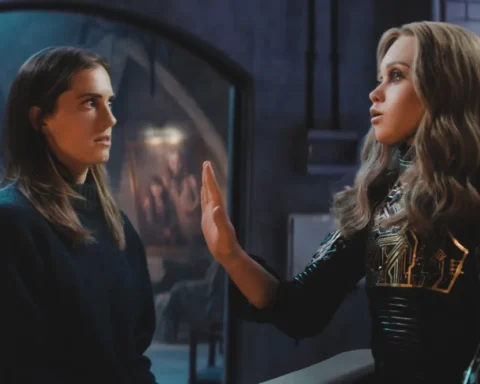Cat Sick Blues (2015), directed by Dave Jackson, is a bizarre, visceral plunge into the realm of cult horror, one that unapologetically claws at the psyche while walking a tightrope between absurdity and unnerving dread. While it might be easily dismissed as a low-budget, gore-soaked splatter fest, it is in fact a unique exploration of grief, obsession, and the feral side of the human condition, cleverly disguised under layers of outrageous camp.
The film follows Ted (Matthew C. Vaughan), a man spiraling into madness after the death of his beloved cat, Patrick. Ted’s grief, however, isn’t the kind you’d find in the quiet mourning of an owner losing a pet—it manifests grotesquely as a feline-inspired killing spree. Donning a cheap cat mask and an absurdly long, phallic cat claw, Ted embarks on a mission to gather nine human lives, believing their deaths will resurrect his cat. The sheer lunacy of this premise might suggest a farcical tone, but Cat Sick Blues commits to its oddball narrative with an intensity that elevates it beyond a mere exercise in shock value.
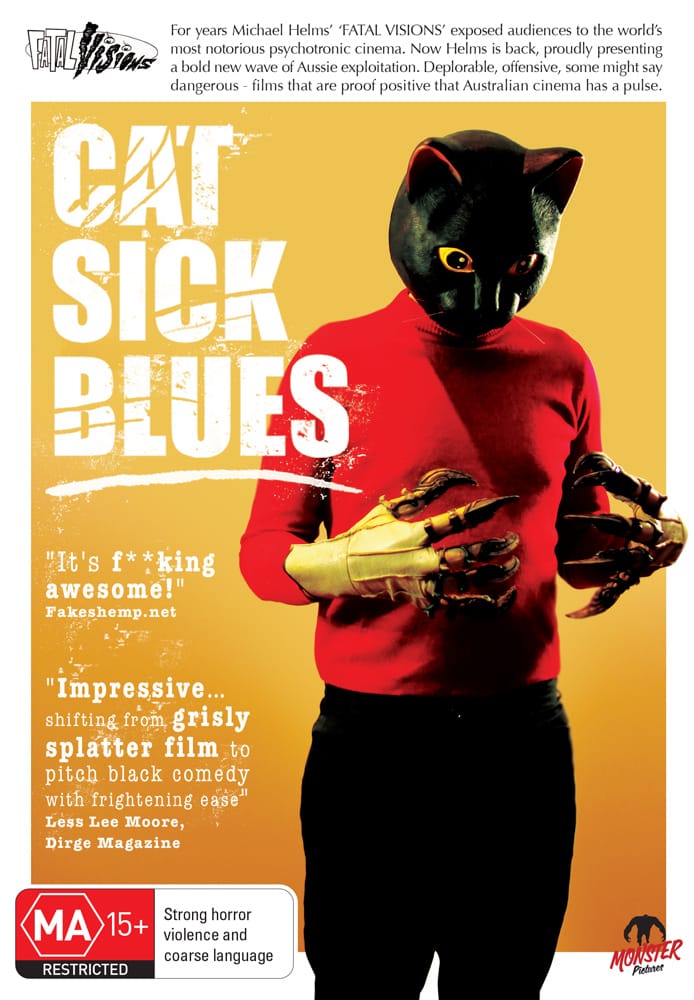
What makes the film truly fascinating is its juxtaposition of absurdity and pathos. At its core, Cat Sick Blues is a story of grief, but one that distorts that grief into something monstrous and alien. Ted’s descent into madness reflects the way unresolved trauma can contort our reality, as he channels his emotional devastation into a surreal, almost religious fixation. Grief, here, is not just emotional—it’s embodied in the form of a mutilated, murderous cat-man.
One of the film’s strengths is its use of practical effects and its relentless commitment to pushing boundaries. It relishes its low-budget limitations, using them to craft an aesthetic that’s grimy and unapologetically DIY. The gore is extreme, but it’s not gratuitous in the way that many low-budget horror films often fall into. Instead, the violence feels uncomfortably personal. The intimacy of the kills, coupled with the stark, often dreamlike cinematography, lends the film a strange sense of surreal beauty, even in its most grotesque moments.
Cat Sick Blues also plays with the notion of identity—both human and animal. Ted’s transformation into a cat-like creature is as much psychological as it is physical. He becomes an uncanny fusion of man and beast, operating outside of the usual moral frameworks that govern human behavior. The cat, in many cultures, is a symbol of mystery, independence, and even the supernatural, and Ted’s transformation taps into these associations, as he crosses the boundary between human and animal instinct. He sheds the constraints of societal norms, allowing primal, predatory urges to take over.
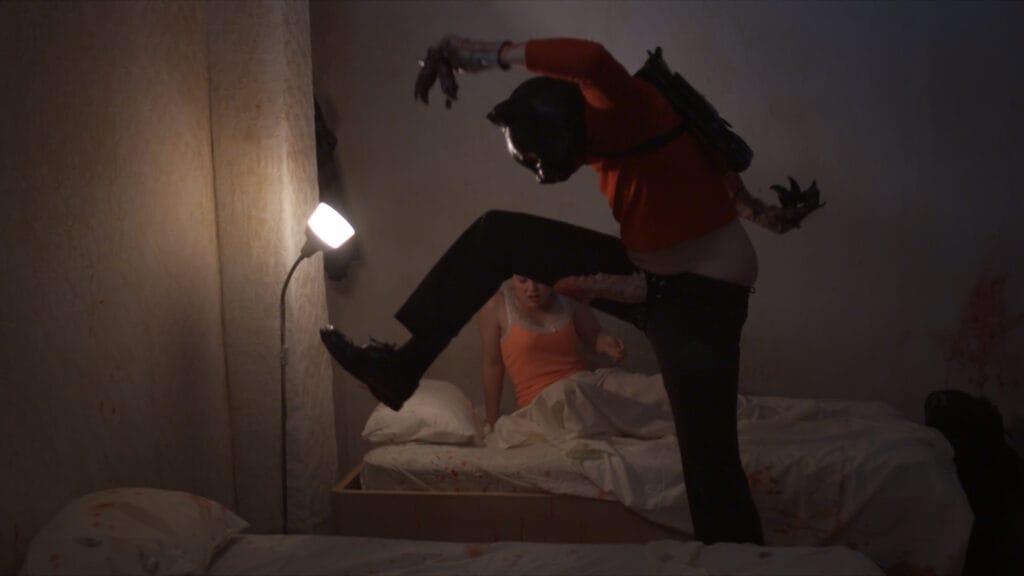
But it’s not just Ted who is grappling with identity and loss. Claire (Shian Denovan), a woman reeling from her own traumatic experience, is drawn into Ted’s orbit. Her emotional fragility contrasts with Ted’s unhinged fervor, and together, they form a darkly fascinating dynamic. Claire’s arc reflects a quieter, more internalized form of trauma, offering a balance to Ted’s chaotic unraveling. In their fractured, damaged states, they mirror one another, both seeking solace in a world that no longer makes sense to them.
Jackson’s direction is notably effective in creating an atmosphere that oscillates between unsettling and darkly humorous. He draws the audience into Ted’s warped world, where the absurd is normal and the grotesque becomes sublime. The film often feels like a fever dream—disjointed and surreal, yet grounded in the raw emotions of its characters. This blending of the nightmarish with the mundane is what gives Cat Sick Blues its haunting power. It’s a film that constantly keeps you off-balance, shifting between tones in a way that feels both disorienting and oddly captivating.
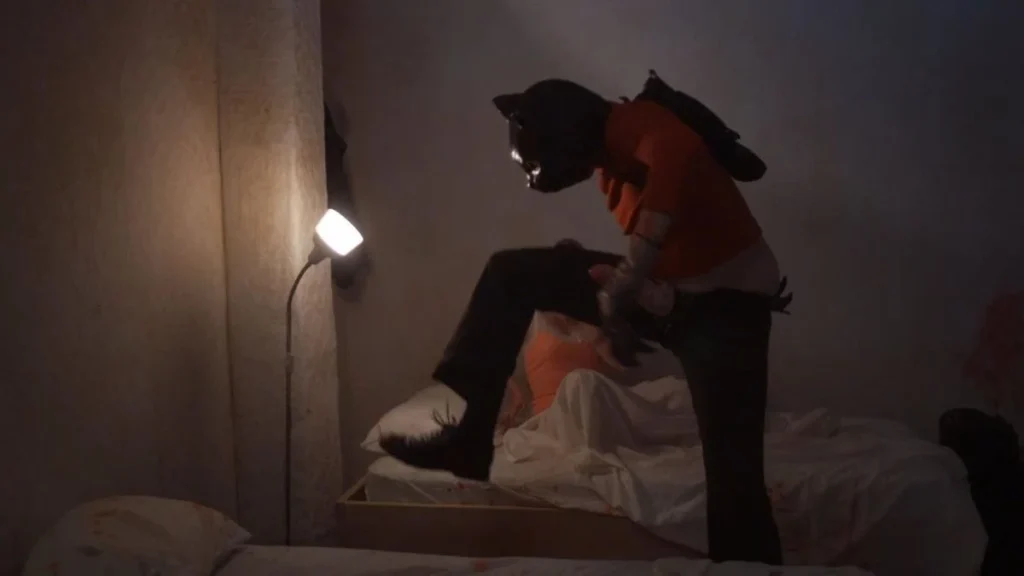


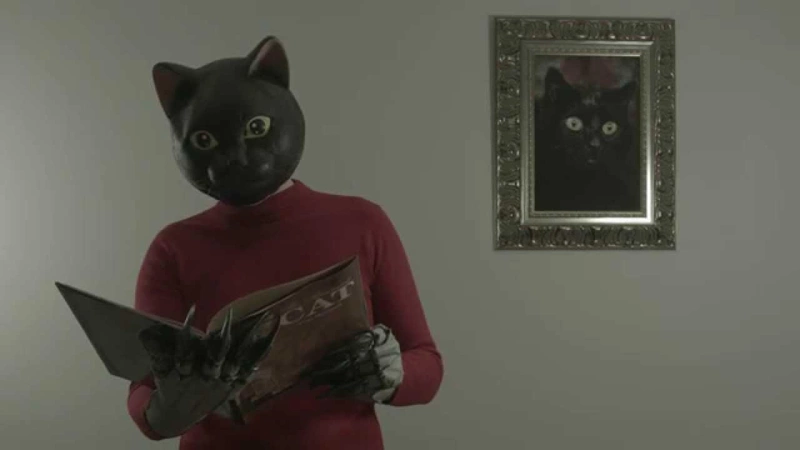
For all its eccentricities, Cat Sick Blues is ultimately a meditation on the lengths to which we will go to cope with loss. Ted’s obsession with his dead cat becomes a metaphor for the way we can become consumed by grief, to the point where we lose sight of who we are. His distorted quest for resurrection reflects a yearning for control in the face of the uncontrollable. In this sense, the film operates not just as a horror story but as a dark allegory of mourning and emotional disintegration.
In conclusion, Cat Sick Blues is not a film for everyone. Its extreme content and bizarre premise will likely alienate some viewers, but for those who appreciate genre-bending cinema that dares to push the envelope, it offers a uniquely unsettling and thought-provoking experience. Beneath its blood-soaked surface lies a surprisingly poignant exploration of trauma, identity, and the lengths to which we go to reclaim what we’ve lost. It’s a film that demands to be taken seriously, even as it revels in its own absurdity. Whether you’re a horror aficionado or simply a lover of the bizarre, Cat Sick Blues is a macabre little gem that scratches at the boundaries of what horror can be—ferocious, funny, and deeply disturbing all at once.




